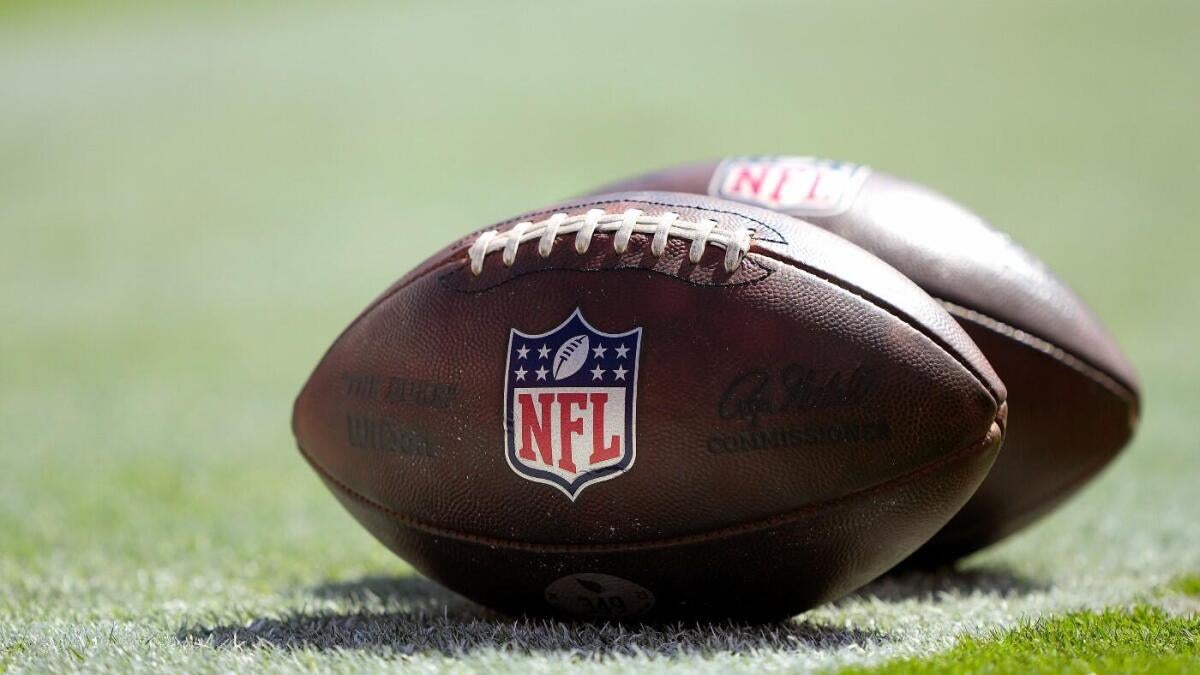The Rising Tide of Collaboration
The National Football League (NFL) is on the cusp of a transformative era in preseason preparation, marked by a growing emphasis on collaborative training. Joint practices, where teams train alongside their opponents before exhibition games, are becoming an integral part of the preseason landscape. The 2025 NFL joint practice schedule, involving 29 of the league’s 32 teams, underscores this trend, offering a glimpse into the future of preseason training.
The Expanding Landscape of Joint Practices
The NFL’s embrace of joint practices has been gradual but steady. What began as an experimental approach has now become a staple in many teams’ preseason routines. The 2025 schedule, featuring 24 confirmed joint practice sessions, is a testament to this evolution. Teams are allowed up to four of these sessions, providing ample opportunity for cross-team collaboration and learning.
The timing of these sessions is strategic, primarily occurring in early August, just before preseason games. This scheduling allows coaches to evaluate players in a controlled environment, assessing their adaptability and skill set without the high-stakes pressure of game day. The geographical spread of these practices also reflects a thoughtful approach, minimizing travel fatigue and maximizing preparation time.
Key Matchups and Early Dates
The 2025 schedule is packed with intriguing matchups. Notable sessions include the Indianapolis Colts practicing with the Baltimore Ravens on August 5th, and the Los Angeles Rams joining forces with the Dallas Cowboys. The following day, the Cleveland Browns will head to Carolina to practice with the Panthers, while the Washington Commanders visit the New England Patriots. These early dates highlight the league’s commitment to efficient preseason preparation, allowing teams to fine-tune their strategies and assess talent before the regular season kicks off.
The Rationale Behind the Trend
The popularity of joint practices is driven by several key benefits:
- Enhanced Evaluation: Joint practices offer a more realistic setting for player evaluation. Facing different opponents helps players showcase their skills against varied techniques and strategies, providing a more comprehensive assessment of their abilities.
- Scheme Refinement: Coaches gain valuable insights into their schemes’ effectiveness against opposing philosophies. This real-time feedback allows for immediate adjustments and improvements, leading to more polished and adaptable game plans.
- Injury Mitigation: While contact is involved, joint practices generally carry a lower risk of injury compared to full-speed preseason games. This allows teams to evaluate players without exposing them to excessive physical stress.
- Competitive Intensity: The presence of an opponent elevates the intensity of practice, fostering a more focused and productive training environment. Players are naturally more motivated to perform at their best when facing off against someone they’ll soon compete against in a game.
- Building Relationships: Beyond the on-field benefits, joint practices can foster positive relationships between players and coaches from different organizations, contributing to a more collaborative and respectful league culture.
Implications for Competitive Balance and Player Development
The widespread adoption of joint practices has significant implications for competitive balance within the NFL. Teams with established coaching staffs and well-defined schemes may gain a disproportionate advantage, but the exposure to different looks and challenges also levels the playing field, allowing all teams to adapt and improve quickly.
From a player development perspective, joint practices offer young players invaluable opportunities to gain experience and refine their skills. Facing a variety of opponents forces them to think on their feet and adapt to different playing styles, accelerating their learning curve. The increased competitive intensity also pushes players to elevate their performance, fostering a culture of continuous improvement.
A Closer Look at Team Participation
While 29 teams are participating in joint practices, three teams are notably absent from the 2025 schedule. This absence could be due to logistical constraints, coaching preferences, or a focus on internal development. It will be interesting to observe whether these teams reconsider their stance in future seasons.
Several teams are engaging in multiple joint practice sessions, indicating a strong belief in the benefits of this training methodology. The Rams, for example, are scheduled to practice with both the Cowboys and another yet-to-be-announced team, demonstrating a proactive approach to building a competitive edge.
Looking Ahead
The 2025 NFL joint practice schedule represents a significant step forward in the evolution of preseason preparation. As the league continues to prioritize player safety and competitive balance, it’s likely that joint practices will become even more prevalent in the coming years. The NFL may explore further refinements to the rules governing these sessions, potentially expanding the allowed number of practice days or implementing standardized evaluation protocols. The league could also leverage data analytics to assess the effectiveness of joint practices and identify best practices for maximizing their benefits.
A Collaborative Future
The trend towards increased collaboration in the NFL preseason is a positive development for the league. Joint practices offer a valuable opportunity for teams to refine their strategies, evaluate players, and foster a more competitive and respectful environment. As the 2025 schedule demonstrates, the NFL is embracing this approach, paving the way for a more dynamic and engaging preseason experience for both players and fans. The future of NFL preseason appears to be one of shared learning, strategic adaptation, and a collective pursuit of excellence.











